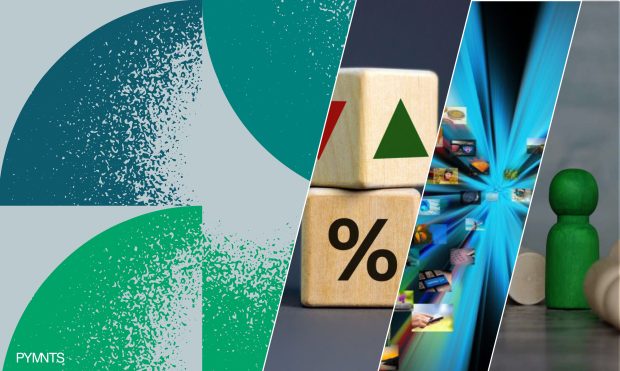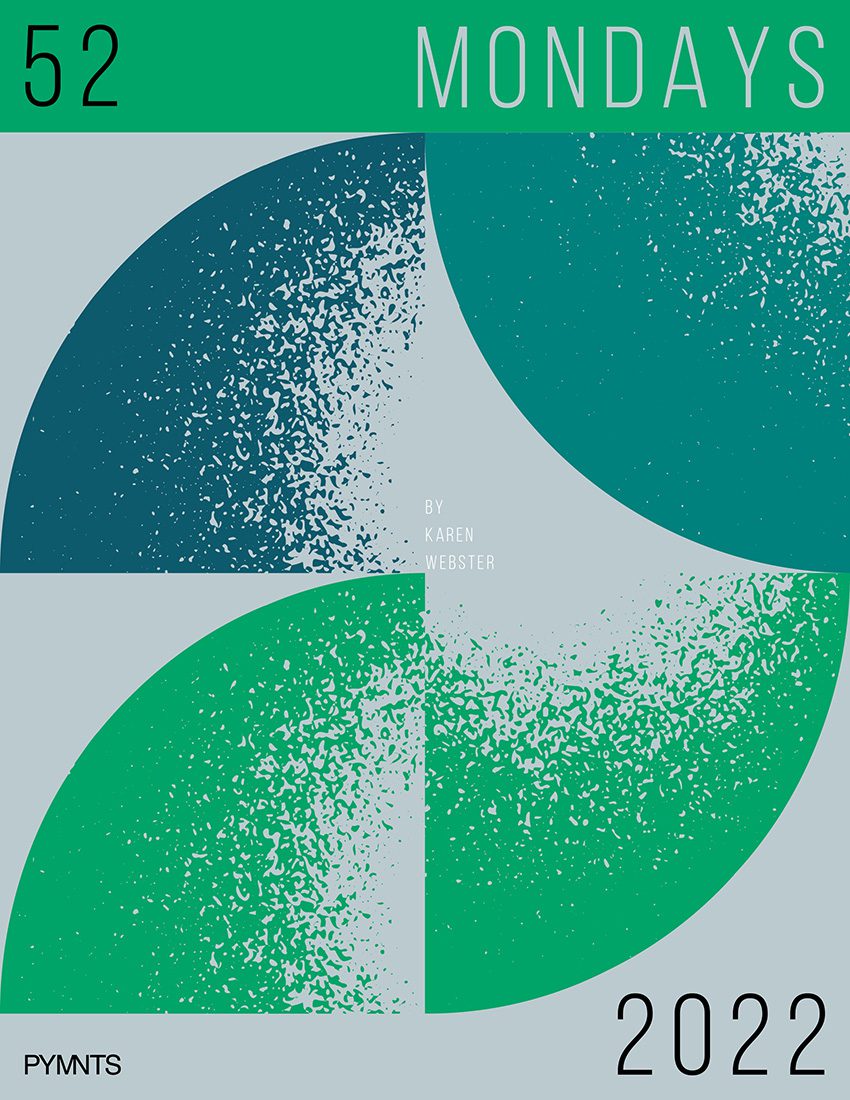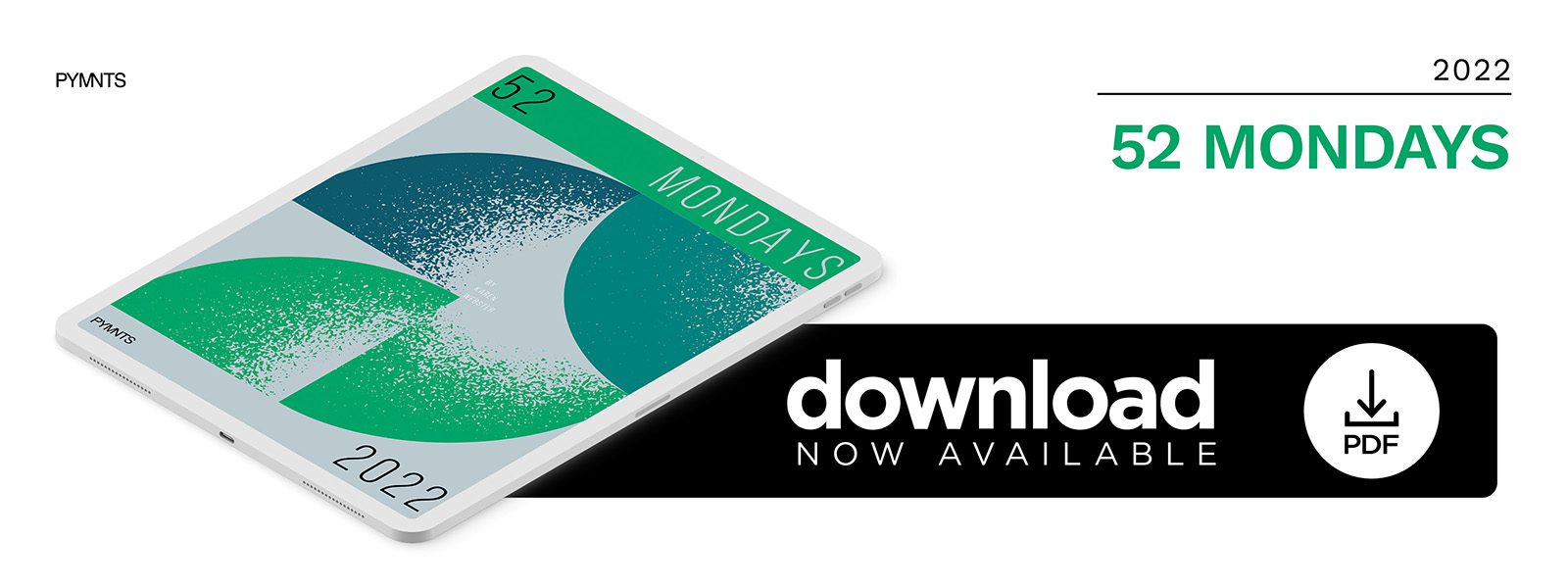The Year in Payments: From BNPL to FTX to the Digital Economy

Looking for analysis of everything from the digital economy to consumers’ instincts about inflation? Let Monday be your guide.
“Monday.” It comes from the Anglo-Saxon word Mōnandæg, meaning “the moon’s day.” And long before the Anglo-Saxons, the Babylonians believed the same.
Not much for moon-worshipping personally, my Monday ritual revolves around useful observations and a dash of prognostication — and was this ever the year that called for both.
Kicking things off in January, I laid out Ten Things That Will Define the Digital Transformation in 2022, covering a feeling of permanence around work from home, how luxury brands would weather the storm using payments choice, and a prediction that crypto was overhyped.
Was I in the ballpark? Let’s look at the highlights. You decide.
Weeks later it was an analysis of the Fed’s anticipated paper on central bank digital currencies (CBDCs). The upshot? We need more time. I called it “the right approach” then, and I still feel that way.
As the month closed out, I had a go at buy now, pay later (BNPL), with the simple observation that “consumers aren’t currently using their banks much for installment payments — mostly because the BNPL options that banks offer right now aren’t really that much of an innovation.”
Was it a coincidence that within months, banks including Barclays and NatWest were offering BNPL programs of their own? Probably more of a market dynamics thing, but you never know.
By February, I moved on to Peloton’s problems and the electricity in the air around Amazon as a possible buyer of the troubled stationary bike of which I happen to be a fan. I was right to say, “The personal fitness industry and retail have a lot in common: connected devices, the cloud and payments have disrupted the status quo.” The bike still hasn’t recovered, but don’t cycle it out just yet.
Before the month ended came this meditation on the power of certainty in everything from curbside pickup to going to the pharmacy as society undergoes a top-down digital transformation. Potent force, certainty.
March came in like a lion for a romp through the possibilities of shoppable streaming, which unsurprisingly centered on Amazon Prime Video. I said at the time, “Embedding commerce inside of streaming platforms is one of the greatest untapped opportunities inherent in the digital transformation of the global economy.” And it is.
Skipping forward to April, it was Apple’s Project Breakout. The takeaway: “Apple’s announcement of Project Breakout signals that Apple is fine with using partners today, but not for the long term. It could also expose a fatal flaw in its thinking, one that fast-tracks the strategies of every other player who works with Apple today to shift their focus to more open ecosystem pastures.” Guess we’ll find out.
By mid-May, I couldn’t help myself as I poked fun at the dire outlooks on digital transformation as inflation began cutting into the business of restaurant aggregators, delivery platforms and many other trappings of the digital shift. I concluded thusly and have yet to be proven wrong: “Not only is the digital transformation not done and over — it has really only just begun.”
Returning to the so-called “Tech Wreck” in June, I admonished naysayers, saying that “unlike the dotcom era startups, today’s companies can and have leveraged existing technologies that work and are improving rapidly to bring great ideas to life. Their investments in building on top of that tech will help companies solve the important problems facing them over the next few years as the macro-economic headwinds create uncertainty for their business and their customers.”
By July, inflation was the official storyline of 2022, to which I offered context in the form of a look at the wealth effect. I felt duty-bound to remind panicky merchants and brands that “it’s often the most challenging times that surface the most creative solutions. This one is tailor-made to help consumers make smart decisions about how to spend their money and navigate the difficult times ahead. Most consumers we studied think that retailers and payments players can do more to help them.”
From the wealth effect in July we jumped to the network effect in August, and musings about Amazon’s reasons for acquiring iRobot for $1.7 billion in an almost all-cash deal. “It’s yet another example of Amazon’s expansion into adjacencies that complement the behaviors of a large mass of consumers already on their platform,” I wrote, adding that “For Amazon, iRobot is about strengthening and monetizing the cross-activity network effects of the consumers who have connected more than 300 million smart home devices.”
A few paragraphs back, we were making fun of the demise of digital transformation. By September, I was at it again, noting that “At the end of Q2 2022, PYMNTS’ study of 15,000 consumers in 11 countries, which comprise 50% of global GDP, finds that digital engagement is on the rise everywhere as more consumers use digital methods to engage in one of the 37 routine activities measured by the study.”
In November, the topic was “Sam Bankman-Fried, FTX and the Demise of the Cool Kids” and a much-deserved takedown of the FOMO crowd who pumps up such frauds. Will we never learn?
That brings us to the last Monday Conversation of 2022 and a cautionary note. Government predictions were off on COVID, and they’re not doing much better with inflation, leading me to summarize as follows: “Our 20 months of data, collected monthly during the pandemic, shows how accurate consumers are when predicting the duration of once-in-a-generation events.”
The wisdom of the crowd — or the consumer if you like. Here’s to a better 2023.

